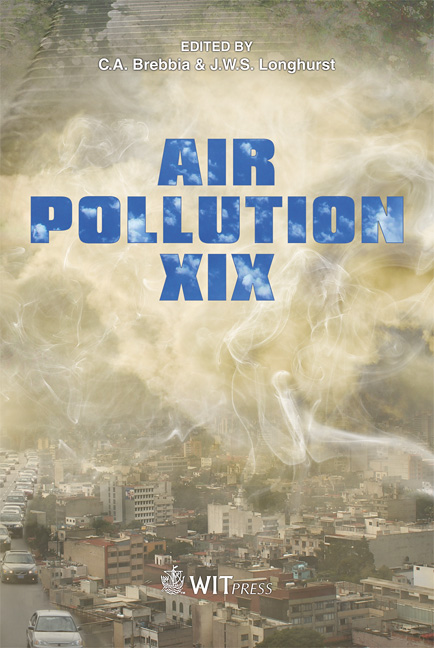Impact Of Urban Planning Alternatives On Air Quality: URBAIR Model Application
Price
Free (open access)
Transaction
Volume
147
Pages
12
Page Range
13 - 24
Published
2011
Size
1,809 kb
Paper DOI
10.2495/AIR110021
Copyright
WIT Press
Author(s)
C. Borrego1, P. Cascão1, M. Lopes, J. H. Amorim, R. Tavares, V. Rodrigues, J. Martins, A. I. Miranda & N. Chrysoulakis
Abstract
In the last decades, the study of the urban structure impacts on the quality of life and on the environment became a key issue for urban sustainability. Nowadays the relevance of urban planning for the improvement of the interactions between different land uses and economic activities, and also towards a more sustainable urban metabolism, is consensually accepted. A major interest relies on understanding the role of planning on induced mobility patterns and thereafter on air quality, particularly related with the increasing use of private cars. This is one of the main objectives of BRIDGE, a research project funding by the European Commission under the 7th Framework Programme and focused on \“SustainaBle uRban plannIng Decision support accountinG for urban mEtabolism”. In this scope, and to evaluate the impact on air quality due to different city planning alternatives (PA), the urban scale air quality modelling system URBAIR was applied to selected areas in Helsinki (Finland), Athens (Greece) and Gliwice (Poland), to estimate traffic related emissions and induced pollutant concentration of different air pollutants, in a hourly basis for the entire year of 2008. For the Helsinki study case the results suggest that urban traffic and building placement considered on the different PA have an influence on local air quality despite no significant concentration levels. In the Athens case study some PA induce a decrease on traffic flows with an improvement of the air quality over the domain. On the contrary, other leads to an increase of PM10 in selected hotspots. The simulations for the Gliwice study case show minor changes between the baseline and the PA, since the proposed interventions do not imply major changes in traffic flows.
Keywords
sustainability, urban planning, air quality modelling, traffic emissions, integrated air quality system, decision support system





